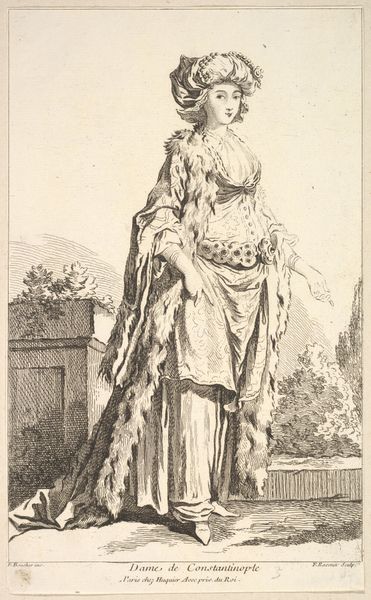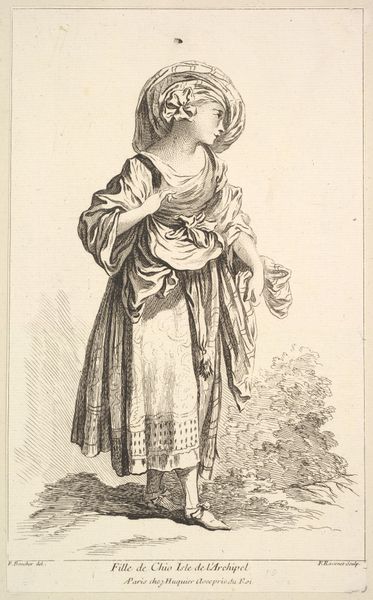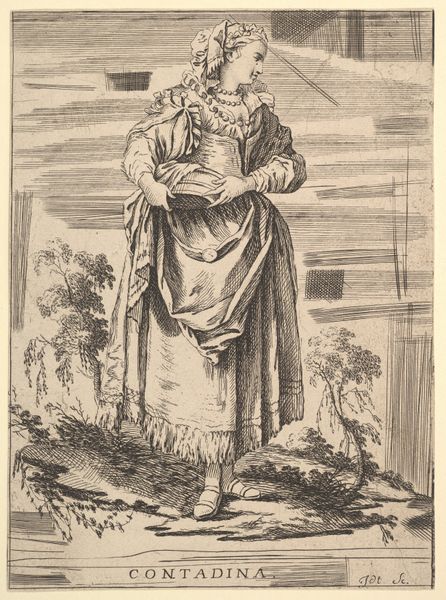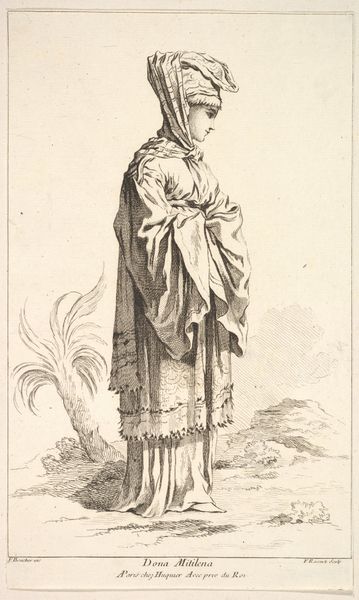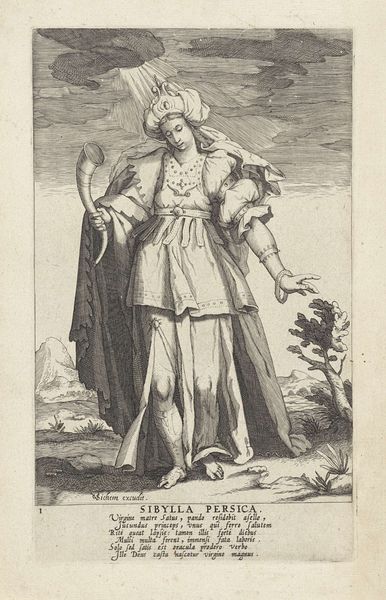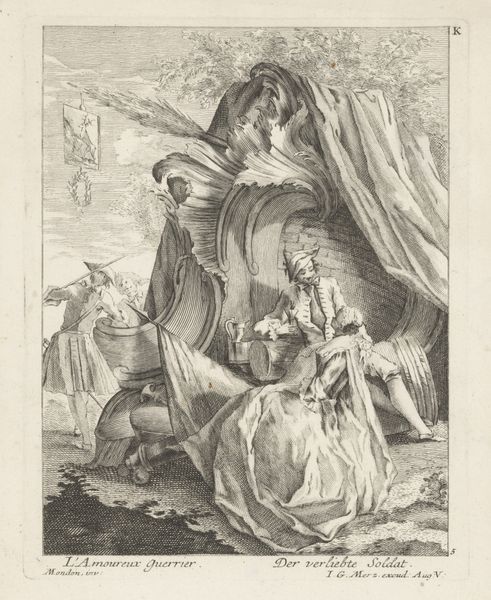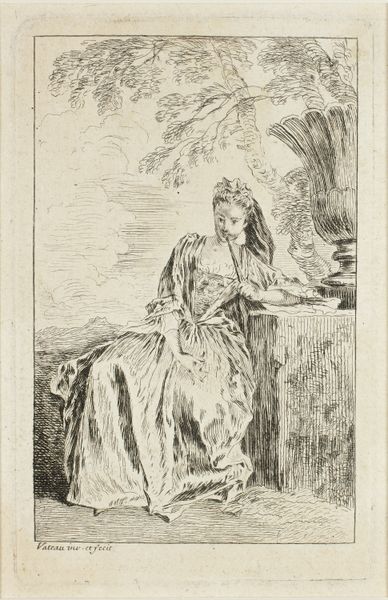![Femme de Boulogne, from Recueil de diverses fig.res étrangeres Inventées par F. Boucher P.tre du Roy et Gravées par F. Ravenet (Collection of Various Foreign Figures, Devised by F. Boucher, Painter of the King and Engraved [etched] by F. Ravenet), plate 9 by Simon Francis Ravenet, the elder](/_next/image?url=https%3A%2F%2Fd2w8kbdekdi1gv.cloudfront.net%2FeyJidWNrZXQiOiAiYXJ0ZXJhLWltYWdlcy1idWNrZXQiLCAia2V5IjogImFydHdvcmtzLzM0ZGI0ZjEzLWU1MjktNDFlMC04NWQxLTdhYjEwOTAyZDUyNC8zNGRiNGYxMy1lNTI5LTQxZTAtODVkMS03YWIxMDkwMmQ1MjRfZnVsbC5qcGciLCAiZWRpdHMiOiB7InJlc2l6ZSI6IHsid2lkdGgiOiAxOTIwLCAiaGVpZ2h0IjogMTkyMCwgImZpdCI6ICJpbnNpZGUifX19&w=3840&q=75)
Femme de Boulogne, from Recueil de diverses fig.res étrangeres Inventées par F. Boucher P.tre du Roy et Gravées par F. Ravenet (Collection of Various Foreign Figures, Devised by F. Boucher, Painter of the King and Engraved [etched] by F. Ravenet), plate 9 1710 - 1772
0:00
0:00
drawing, print, etching
#
portrait
#
drawing
#
baroque
# print
#
etching
#
figuration
Dimensions: Sheet: 10 7/16 x 6 5/16 in. (26.5 x 16 cm)
Copyright: Public Domain
Editor: Here we have Simon Francis Ravenet the elder's "Femme de Boulogne," an etching from the 18th century. I’m struck by the woman’s downcast gaze and how the etching's fine lines capture the drape of her shawl. What do you see in this piece? Curator: Beyond the aesthetic, let’s consider this image within the socio-political context of 18th-century France. Ravenet depicts a woman of Boulogne. Boulogne-sur-Mer was, and still is, a port town, suggesting a particular class and perhaps even a specific experience of labor or trade. How might her posture – that downcast gaze you mentioned – be read as a reflection of the societal constraints placed upon women, particularly working-class women, at the time? Editor: I hadn't thought about her social standing influencing her pose. Do you think her clothing has something to say about her identity? Curator: Absolutely. While seemingly simple, her garments likely denote a specific social role or perhaps regional identity. Consider also, how the artist chooses to represent her features - is there idealization, or is there an attempt at capturing a more "realistic" portrayal? Moreover, thinking about the male gaze of the artist: how does this representation reflect or subvert those expectations? Is Ravenet reinforcing stereotypes or offering a more nuanced portrayal of female identity within her particular environment? Editor: It's fascinating to consider the multiple layers of social context embedded within a single image. I'll never look at an etching the same way again. Curator: Exactly! Art becomes a lens through which we can critically examine the complexities of history and identity, inviting us to continuously question dominant narratives.
Comments
No comments
Be the first to comment and join the conversation on the ultimate creative platform.

